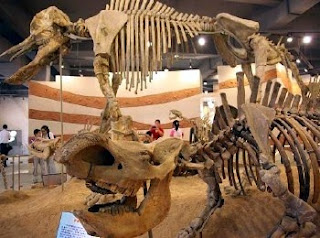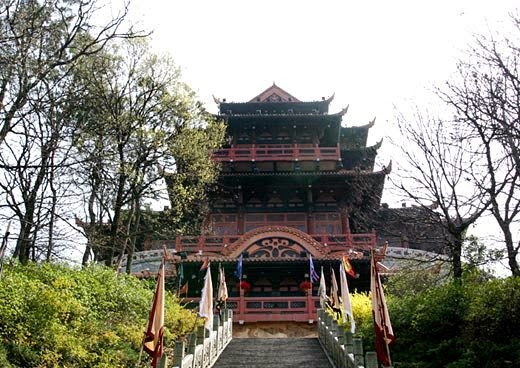Madame Tussauds
Wuhan is located on Han Street Chu
River , and is part of Wuhan China
The Wuhan Hollywood film legends, sporting
greats, historical icons, famous politicians and local heroes. The currently 50
wax figures include Crystal Liu (an actress from Wuhan ),
Albert Einstein, Jackie Chan, Jay Chou (a singer from Taiwan ), Johnny Depp, Kate Winslet, Li Na (a
professional tennis player from Wuhan ), Michael
Jackson, Rihanna, Sandra Ng (an actress from Hong Kong ).
They are either local celebrities or foreign celebrities most likely to be
recognized by local people.
Costing over one
million Chinese yuan each, the wax figures are so vivid that they even have
freckles and pores. To make such lifelike figures, the celebrities themselves
need to be accurately measured. Over 250 items of data of the specific
celebrity is collected and 180 photos are taken from each perspective, which
usually takes about 2 hours. Then all this material is taken back to Madame
Tussauds in London
The whole process
to make a pair of artificial eyes takes up to fifteen hours. The process of
making a set of teeth is more complicated. From molding to coloring, it is like
tailor-making a set of false teeth for the celebrity him/her self. The hair for
the head is real, collected from people with hair similar to that of the
celebrity. Each hair is planted individually into the wax head by hand. It is
then cut and styled to match that of the celebrity.
Arms and legs are
moulded in the same way as the head. A stand of metal tubes, wires and fiber
glass is made to support the wax figure much like the bones of a human body and
the body is formed in the same way as the head.
Visitors can get
close enough to hug their heroes and take the perfect photo with wax figures of
the world’s most famous faces.
For more
information, please visit www.top-chinatour.com
































